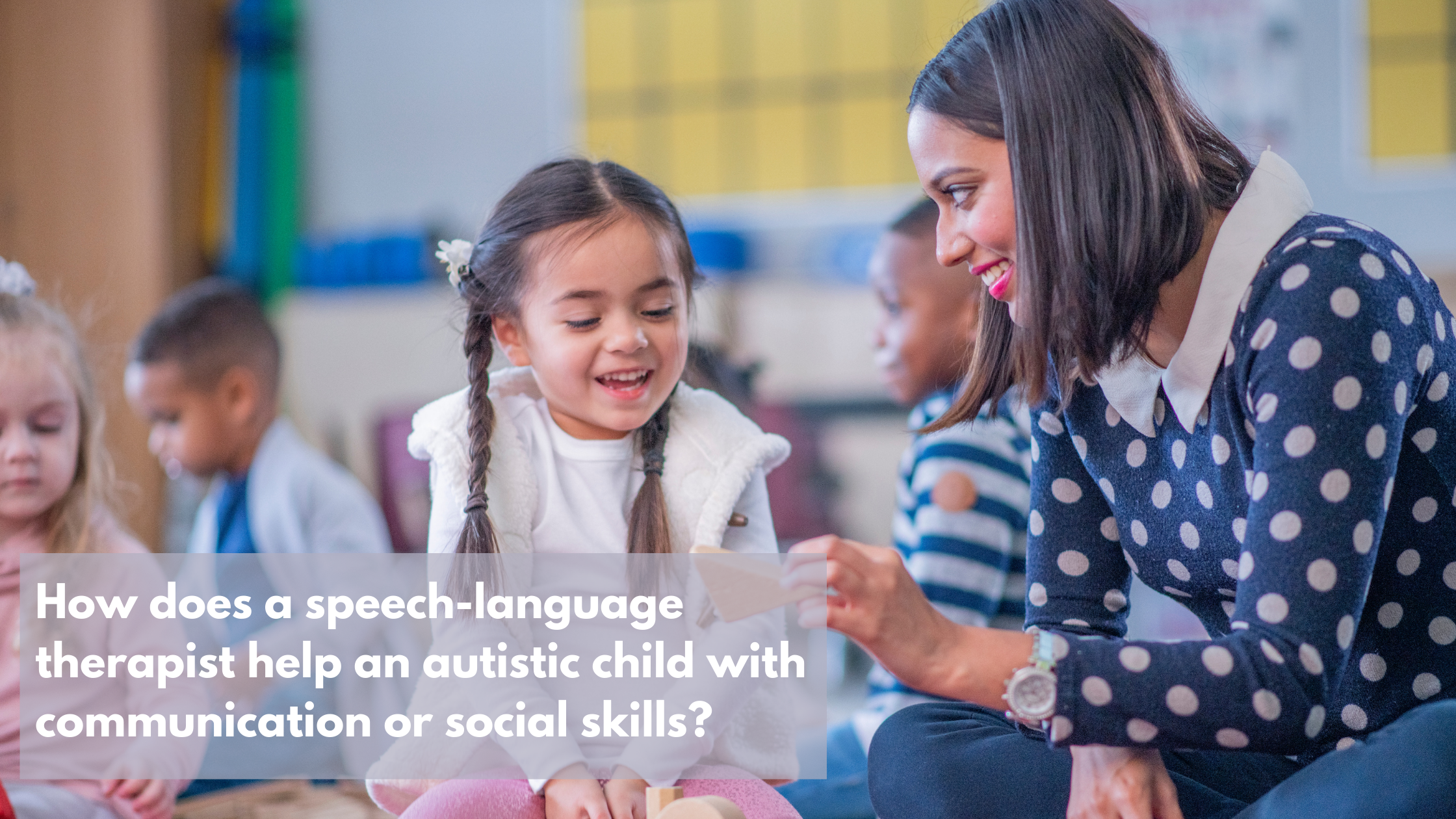Written by Rebecca Iswara, LLC, M.S., CCC-SLP, TSSLD. Speech-Language Pathologist. Founder, Midtown Speech NYC. www.midtownspeechnyc.com
As the saying goes, if you have met one autistic child, you’ve met one autistic child.
Every child is different, with their own unique strengths and skills. Differences in language and social communication are included in the primary diagnostic criteria for Autism Spectrum Disorder (ASD). However, communication and speech-related differences vary from person to person. Some children on the autism spectrum may have difficulty communicating well with peers and adults. Others love to talk but may have difficulty with perspective-taking or understanding facial expressions, body language, and tone of voice during interactions. Overall, there is a wide variation in the type and severity of characteristics presented by individuals with autism. This is why autism is known as a “spectrum” disorder.
For these reasons, we cannot set forth a single plan of action in speech-language therapy that will work for every autistic child. Interventions must align with an individual’s unique strengths and needs, but treatment tends to generally help autistic children with the following:
-
Build functional, spontaneous communication.
Children need to be able to communicate their basic wants and needs. A functional means of communication that is understood by a variety of communication partners is a basic human right. Introducing Augmentative and Alternative Communication (AAC) may be an important consideration if a child’s natural speech is not adequate for functional speech. AAC includes, but not limited to sign language, gestures, Picture Exchange Communication System (PECS), communication boards, and voice output devices.
-
Develop conversational skills for interactions with peers and adults.
Autistic individuals tend to have difficulty interacting with others in various situations. Depending on the age and developmental level, intervention may include peer interaction training to address important skills like play skills, joint attention, conversational skills, and perspective-taking.
-
Develop a treatment program that works on generalization.
Communication skills should not only be addressed in one static therapeutic environment. Instead, social thinking skills should be addressed across a variety of environments and with various conversational partners. An overarching aim of treatment should be to increase social competency and helping an individual navigate our complicated social world that is filled with nuances and changes with age. Although the expertise of a speech-language therapist is helpful, it is important that other adults be involved in the process. Large amounts of direct speech therapy minutes may not be the solution. To help generalize skills in a more natural environment, a speech-language therapist may conduct push-in therapy, which consists of the therapist working with the child in his/her regular education environment and modeling teaching strategies for the classroom teacher. Speech-language therapists can also train families on techniques that could help a child at home and in the community.
Temple Grandin was one of the first autistic individuals to document the insights she has gained from her own personal experience of being an individual with autism. She famously said, “There needs to be a lot more emphasis on what a child can do instead of what they cannot do.” As a speech-language therapist for over a decade with experiences working with the autistic community, I have learned so much from these experiences and seeing ALL that many clients can do. I always try to celebrate every milestone with my clients and their families, acknowledging that progress takes time and that even the small successes are worth every praise!
If you have questions or concerns about your child, speak with your pediatrician and seek out a professional evaluation. Early intervention affords the best opportunity to support healthy development and deliver positive outcomes later in life for autistic individuals.
Meet Rebecca
Rebecca has over 15 years’ worth of experience in the Education field. With a Master of Science degree in Speech-Language Pathology from Columbia University, Teachers College, she has been able to provide individualized and effective speech, language, and feeding assessments and interventions to infants, toddlers, school-age children, adolescents, and young adults in various settings. Before becoming a speech-language pathologist, she pursued a career as a NJ Special Education Teacher after receiving teaching certifications in Early Childhood, Elementary and Special Education. Rebecca is currently licensed in New York State and California. She also holds an additional specialized New York State certification as a Teacher of Students with Speech and Language Disabilities (TSSLD). Her extensive background and experiences earned her the title of Approved New York State Early Intervention Service Provider by the Department of Health. She is the Founder of Midtown Speech NYC which is a boutique private practice in New York City where she also lives with her husband and 2 young sons.





